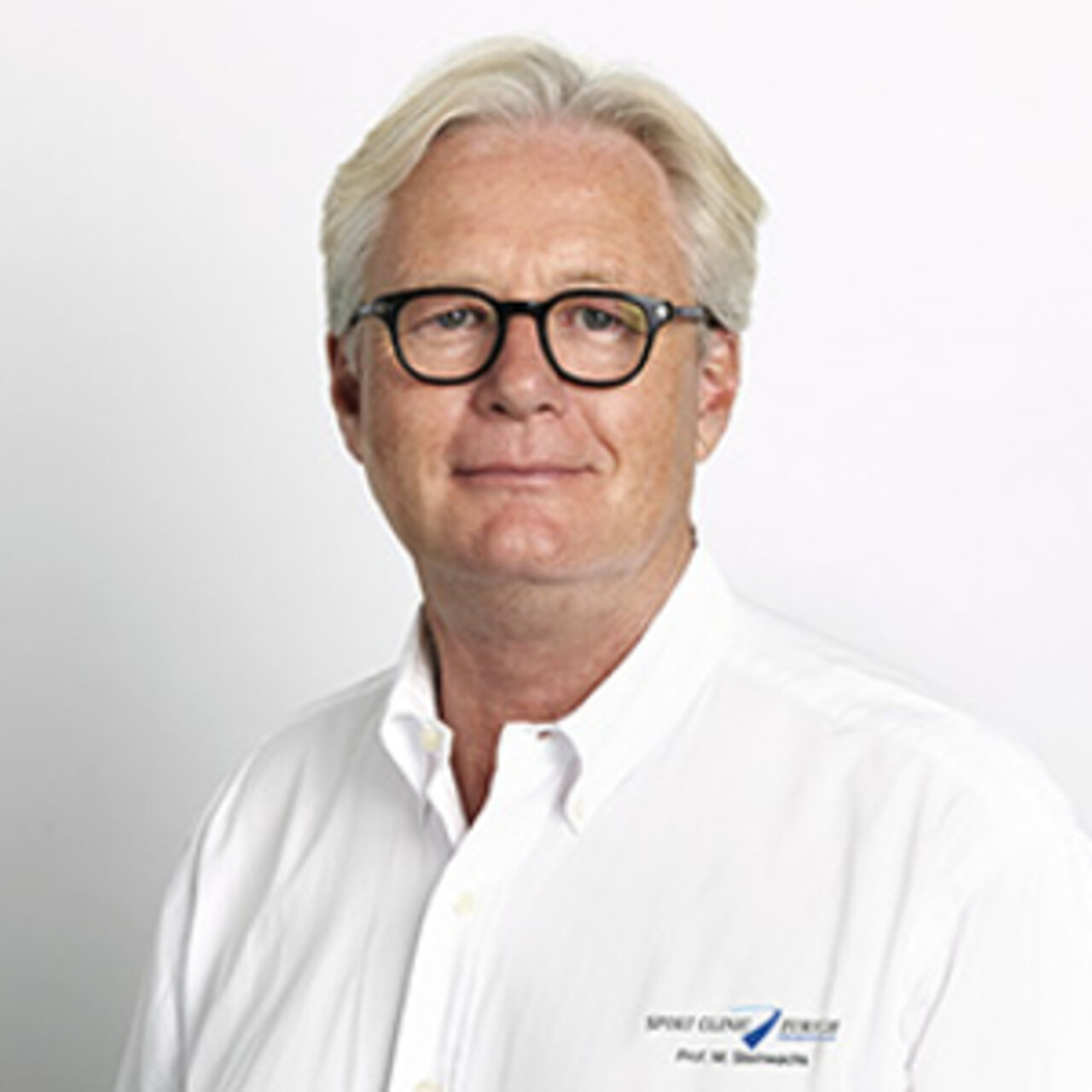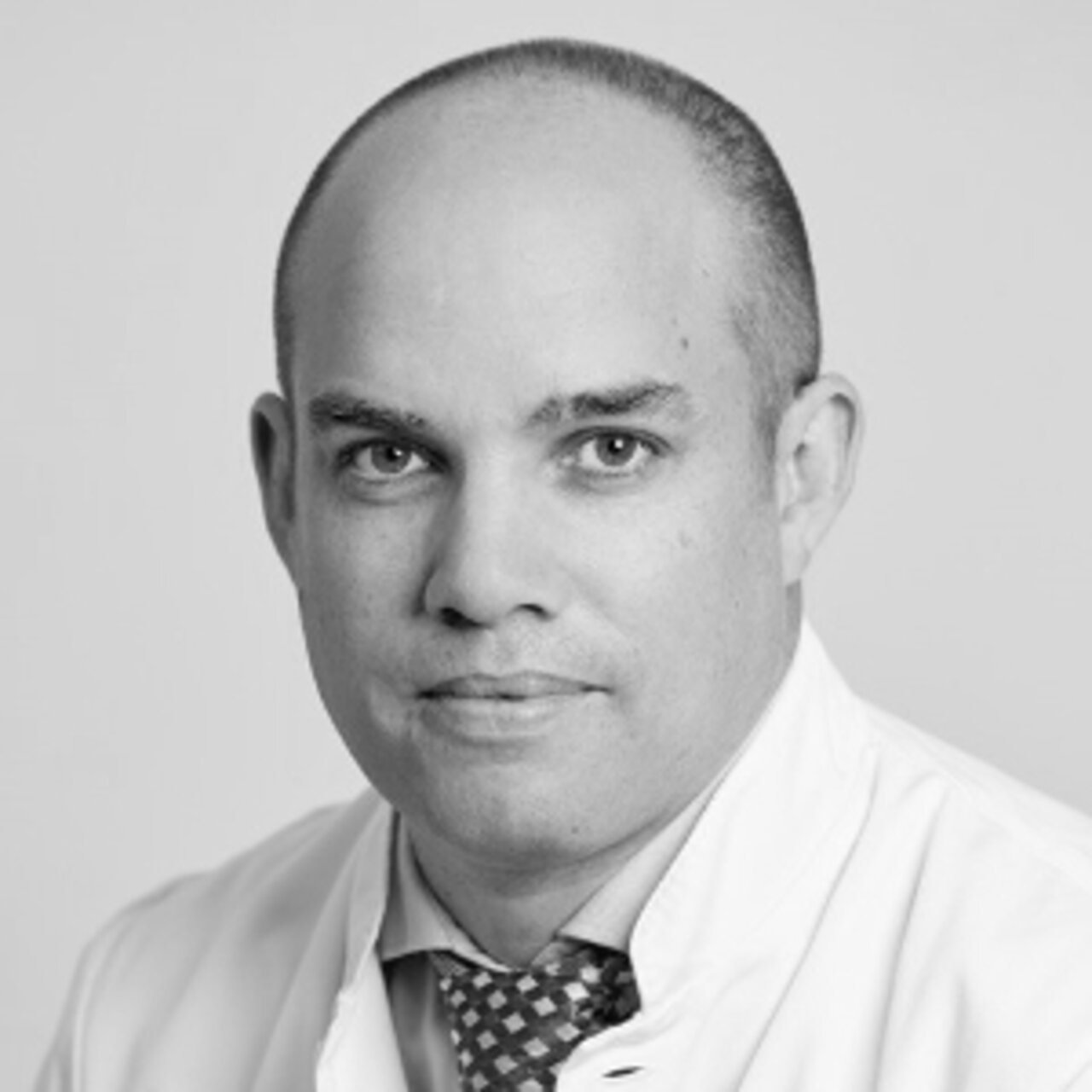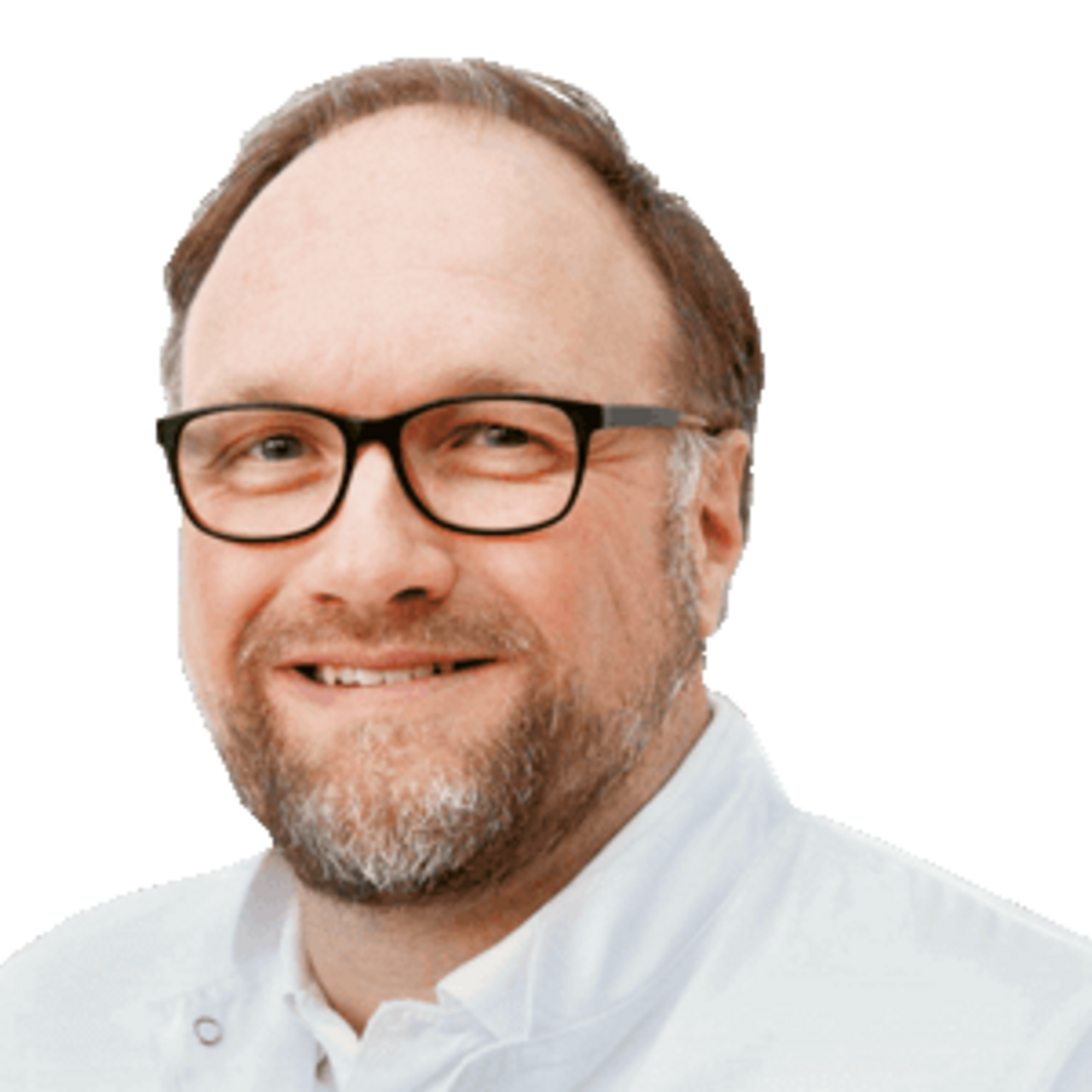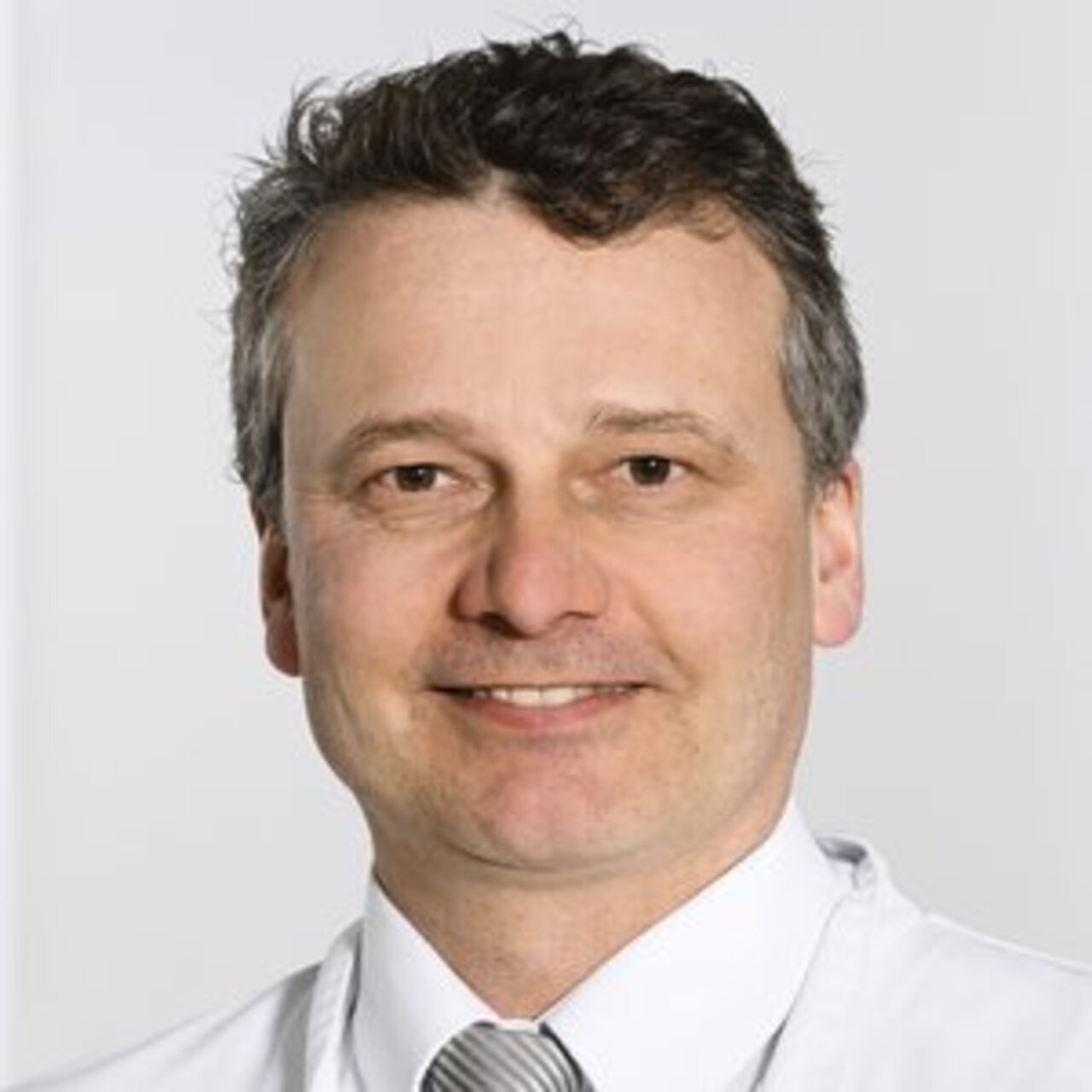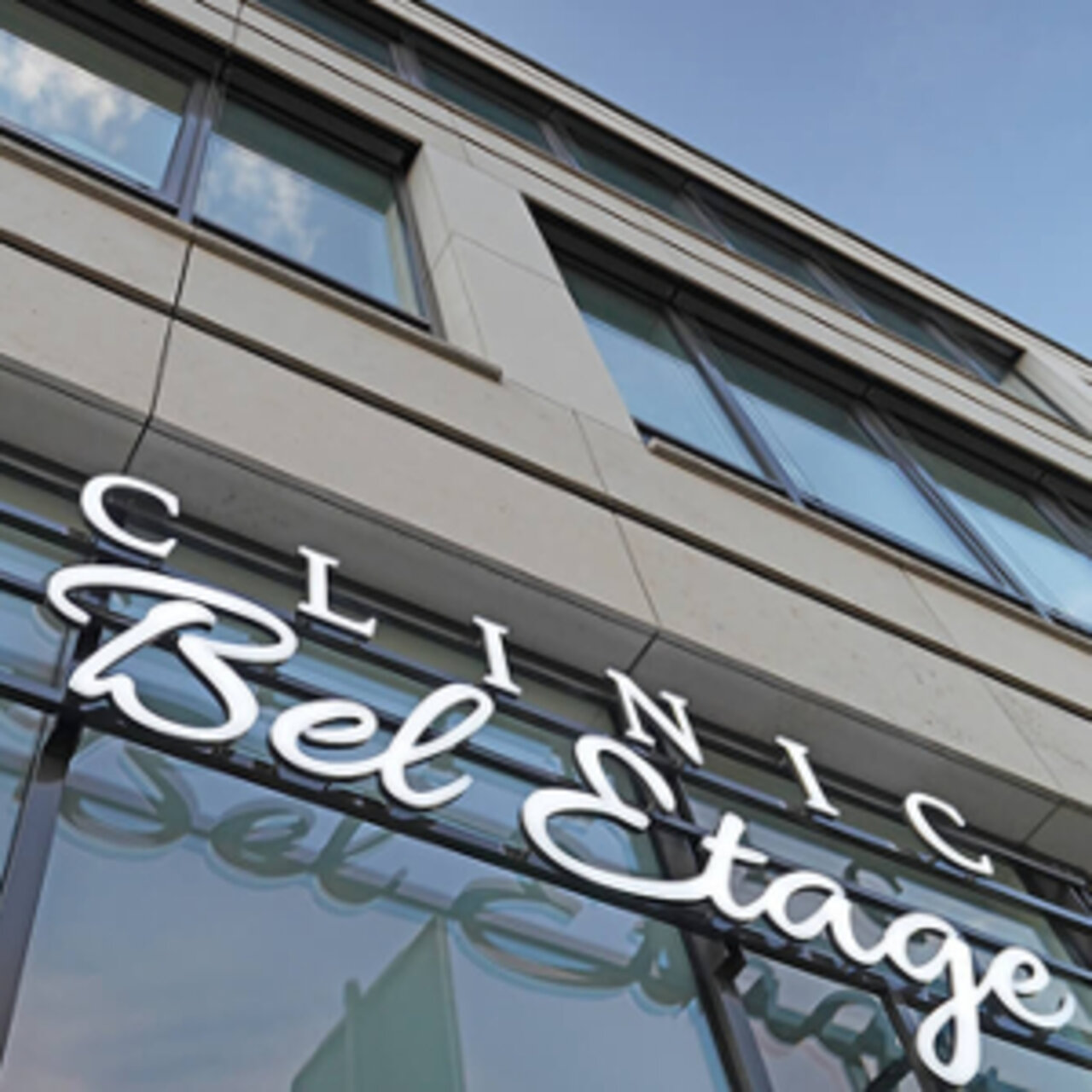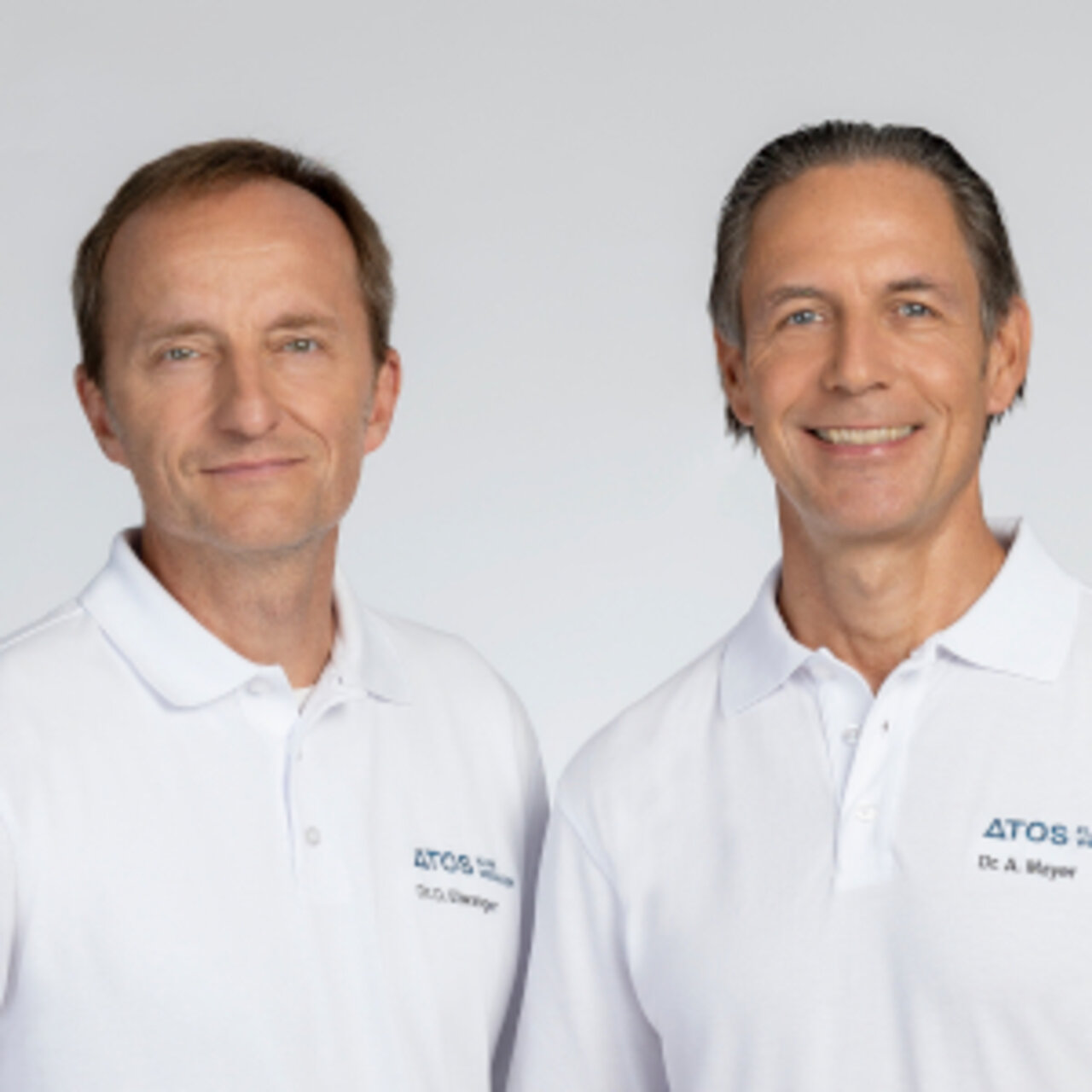Specialists in PRP Therapy
10 Specialists found
Information About the Field of PRP Therapy
What Is PRP?
The abbreviation PRP stands for platelet-rich plasma. Another commonly used name of the same method is ACP® therapy. In this relatively modern treatment method, blood is drawn from the patient and then processed with a centrifuge. The body's cells and components (e.g., growth factors) contained in the blood are injected directly into the site of the injury or disease without the addition of other substances. Regeneration and healing can begin at an accelerated rate there.
How Does PRP Therapy Work?
In addition to red and white blood cells, the blood also contains platelets and proteins. Platelets and proteins (growth factors) dissolved in blood plasma play a significant role in the regeneration and healing of body tissues. However, this is a complex process in which the individual effects have not yet been precisely clarified. However, studies have shown that the number of platelets and growth factors in an injection is increased by 3-6 times, thereby accelerating the healing and formation of new cells. This can stimulate the formation of new tissue of various types, such as bone cells, connective tissue cells, and vascular formation. The removal of white blood cells in the injection additionally supports the healing process.
For Which Diseases Is PRP Used in Orthopedics?
Therapies with autologous blood have become more and more focused on orthopedics and sports medicine in recent years. PRP therapy is used for acute and chronic diseases of the musculoskeletal system. Ligament injuries of the ankle or knee (cruciate ligament, medial collateral ligament), but also tendon injuries of all kinds can be treated with this kind of treatment. Acute muscle injuries and bone fractures also fall into the field of application.
PRP can also be used for chronic diseases. The first indication for this was gonarthrosis (knee joint arthritis). Other joints affected by osteoarthritis should also benefit from it in an early to middle stage. Several studies have shown a functional and pain-relieving effect, but these are still inconclusive. Excellent treatment results have been seen in PRP therapy of epicondylitis. In chronic tendon disorders in the shoulder girdle area or the Achilles tendon, PRP therapy can have a healing-supporting effect.
Treatment Procedure
First, about 10-15ml of blood is taken from a vein in the patient's arm using a particular syringe system. In the second step, the blood is briefly separated into its various components in a centrifuge. In the last step, a plasma excess of about 2ml is injected into the corresponding area. In total, such a procedure takes no more than 30 minutes. The attending physician must pay very close attention to proper disinfection and hygiene to keep the risk of infection as low as possible. Due to the particular blood collection systems, a high level of safety against blood contamination is guaranteed.
Therefore, the treatment is very low-risk and has few side effects due to the injection of the patient's blood.
There may be increased pain in the days following PRP therapy, but this will subside. It is also recommended that the treated structure (muscle, tendon, joint) be spared for about 1-2 months until the total effect is developed. The expected symptom improvement should then last for about 6-12 months in the case of chronic complaints.
Costs for PRP Therapy
PRP therapy is not a service that is covered by statutory health insurance. It is, therefore, an additional private service. Privately insured patients must clarify before treatment whether the costs will be covered. The costs vary depending on the doctor, region, and clinic, from 100-250 euros per injection.
Experience with and Criticism of Autologous Blood Therapy
PRP therapy has been used for several years now. The public's attention is growing, and the method is more and more in the focus of research. In some studies, positive or even better effects than conventional therapy methods could already be proven. However, to achieve an optimal healing effect for the patient, PRP therapy must be explicitly applied to the appropriate disease patterns. Due to the lack of precise study results, experts cannot yet recommend many diagnoses. However, through the collection of long-term data and improved methods, PRP therapy is developing into a promising treatment approach for orthopedic and sports medicine clinical pictures.
Which Doctors and Clinics Are Specialized in PRP Therapy?
Every patient who needs a doctor wants the best medical care. Therefore, the patient is wondering where to find the best clinic. As this question cannot be answered objectively and a reliable doctor would never claim to be the best one, we can only rely on the doctor’s experience.
We will help you find an expert for your condition. All listed doctors and clinics have been reviewed by us for their outstanding specialization in PRP therapy and are awaiting your inquiry or request for treatment.
Sources:
- Swiss Sports & Exercise Medicine
- AWMF Leitlinie Gonarthrose
- IGeL-Monitor.de

